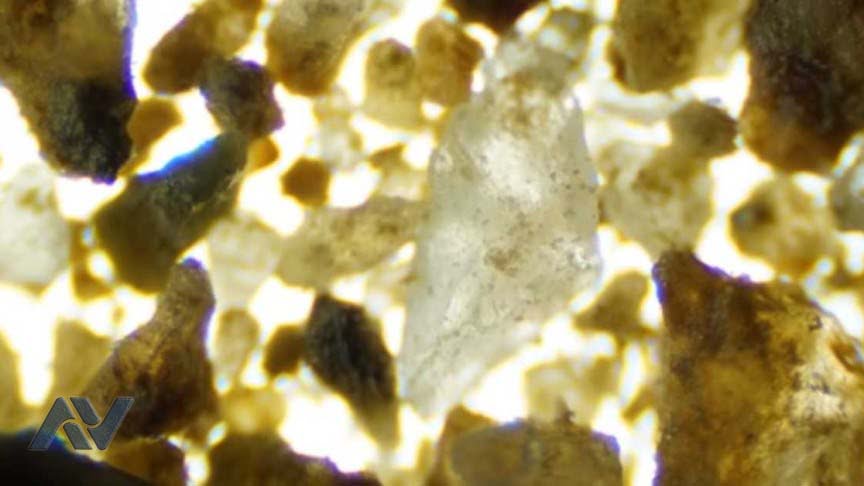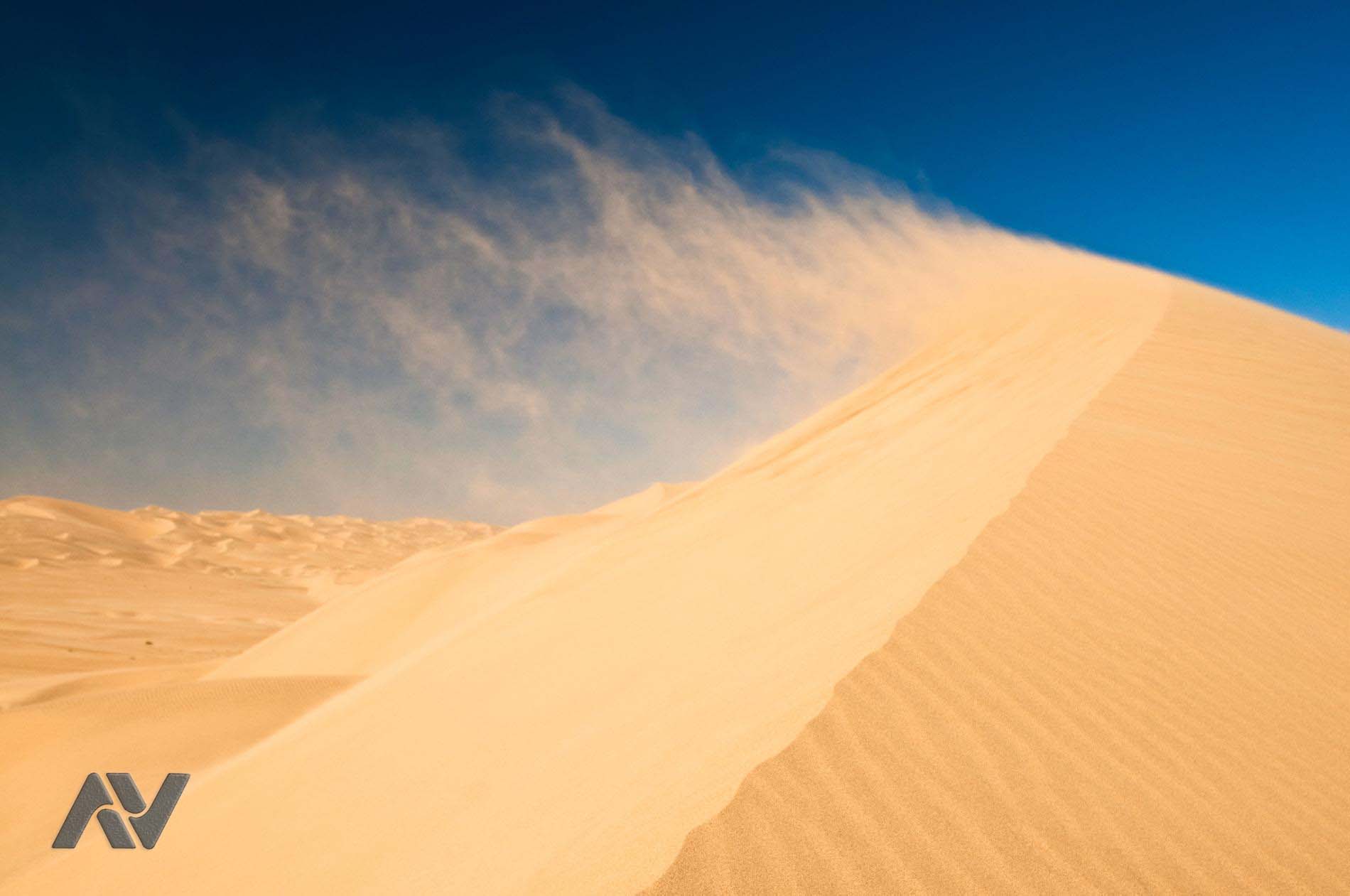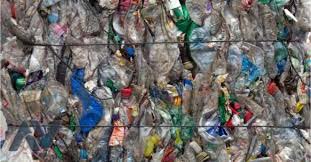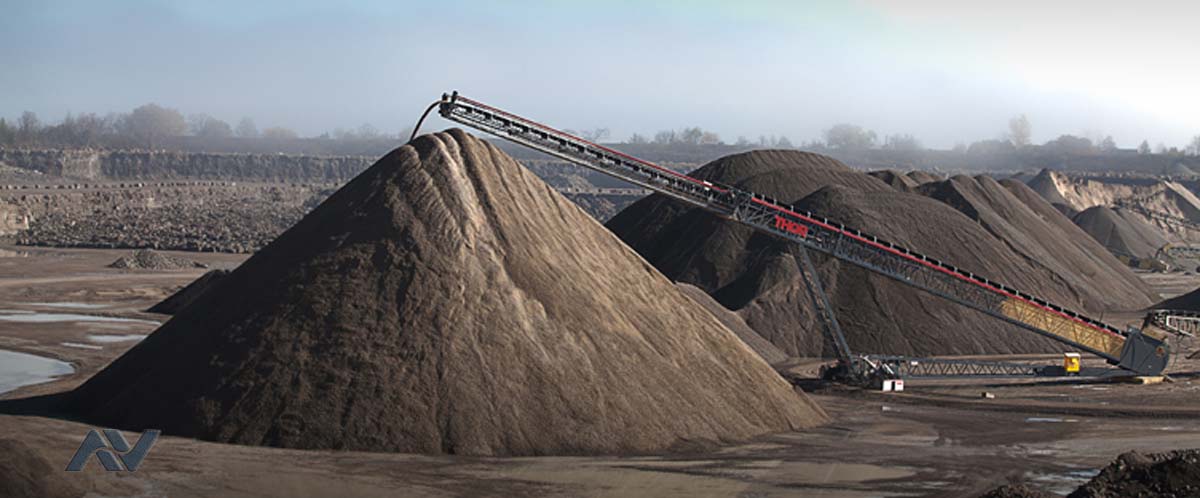Sand Is Most Used Material After Water
If you are planning a beach holiday, you will get it soon. A Dangerous figure for you: 67% of Southern California beaches? Went up to 2100. Due to sand Even if you do not think of grains, you use it daily. You are reading something made of sand, watching it through sand made screen, surrounded by buildings made of concrete. I can assume that what is in concrete, but I suspect that you are already holding a topic here. The following video has a transcript. I will try to do this soon because we do not have much time. The world is running out of the sand. Is not it crazy? It literally means under the beaches, the deserts and the sea, but we are using it faster than the planet. We use more sand than expected. Worldwide, we pass 50 billion tons of sand every year. It is twice the amount produced by every river in the world. After air and water, and is our most used natural resource. We use it more than oil. It is used for making food, wine, toothpaste, glass, computer chips, breast implants, cosmetics, paper, paint, plastic. So where does all this come from? Well, let’s ask Vince Beaser! He wrote a book on this topic, named The World in a Grain. Last year, the last event of the Volleyball World Tour was held in Toronto in September, in a parking lot along the shores of Lake Ontario. There is a wide public beach nearby, but for some actual beach sand, Federation meets the strict standards of Internationale de volleyball, so the tournament sponsor had built a temporary stadium, and in the north, it was built for two and a half hours to thirteen hundred and sixty tonnes Had imported. The shipment came in thirty-five tractor-trailer loads.

Why Sand Is Used So Much?
And there is going to roam so much. Humans have always used the sand as an analogy to disable infinitely, an infinite resource, simple and yet magical, exhausted. When astronomers tried to influence us on the shape of the universe, they talked about staring beyond the grains of sand. According to the University of Hawaii researchers, there are very few grains, as it happens – 7.5 x 10 to the 18th power. He can give or take 7 quintillion, 500 quadrillion – odd trillions. Still, the sand in the right places is anything but endless. Our inadequate appetite for new buildings, roads, coastal security, glass, cracking, even electronics, poses a threat to those places which we have been designed to make the most love by development. Over a total of 30 to 40 billion tonnes of the building is built in the world in a year and half of it is sand. Sufficient material to make 27 meters high and 27 meters wide wall around the equator As the natural substance derived by humans, the sand is second to the water, and our society has been built on it, quite literally, quite literally. Influenced by the inadequate demand of China and India for housing and infrastructure, global production has increased by a quarter in just five years. About half of the 15 to 20bn tons used annually go into concrete. Our need for concrete is such that we make a cost of 2 cubic meters per year for every person, woman and child on the planet.

Why Can’t We Use Desert Sand?
But from the Atlantic Ocean to the Persian Gulf – what is the oceans of the sand spread to the Sahara and Arab Desert? Unfortunately the wrong type of sand Due to the action of air in the desert, round granules emerge, which are very smooth and very small to bind well in the concrete. Builders like types of angular sands found on the banks of the river. Every grain, sand and no grain to use everywhere, Parrazarez to Coleridge. A textbook example is Burj Khalifa in Dubai, which is the tallest skyscraper in the world. Despite being surrounded by sand, it was constructed from Australia involving “the right kind of sand”. Riverbed sand is prized, which is cleaned with fresh granular texture and purity, cleaned with fresh water. Sea sand is also used in growing quantities, but in buildings to avoid metal erosion, it should be cleaned with salt. It all comes at a cost. China leads the boom in today’s sand-fuel manufacturing, which supplies half the concrete of the world. Between 2011 and 2014, it made more concrete use in the 20th century than in the United States. Aggregate is the main component for roads, and China has built 146,000 km of new highway in a year. By 2050, two-thirds of humanity will remain in urban areas as a product of migration and population growth. In terms of concrete hunger, India’s population is expected to grow from 1.32bn to 1.7bn in the second place after China, by the middle of the century. Mumbai, the commercial capital of India, is one of the top 10 megacities in the world, with a population of 22m. China and India mainly depend on the national supply of sand – to reduce transport costs – but since skyscrapers grow in Shanghai and Mumbai, it costs a one-time humble component. China’s appetite for sand is loose, its biggest dredging site at Prong Lake produces 989,000 tons per day.

Why Does Sand Shortage Matter?
The sand is not a matter, it is incredibly diverse. And all its differences have global importance. We are on a sand scavenger hunt. We are collecting samples and we are going to send them to New York to see them under the microscope. And we are doing all this because the sand is actually one of the most important natural resources. It has a million different uses, but it is an important component of concrete, and humans use more concrete than any other material besides water. It is fueling this huge construction boom in places like India, China, and parts of America and you have seen news about running out of the sand from the world. This is true, but it is not that easy. The future of the construction really depends on the science of every small grain of sand. First of all, the definition of sand is really broad. It can be made of any type of rock or mineral. In fact, what is the size of sand? Each grain is somewhere between 0.05 millimetres and two millimetres. Less than that, and this silt is big, and it’s gravel, it’s a little bit. But what is made of sand, where it is from, how it is shaped, it is all important if you want to build it along. The original recipe for concrete is very simple. Sand and other large rocks join together with water and cement, which is a powder binding agent, which is usually made from limestone and clay.

Sand Mafia And Sand Traders
Cement accumulates with sand and rock particles to make concrete. And what you really want for concrete is the river’s sand. The grains are round and their size is consistent. It helps in tying sand with cement. It is also made with a good hard mineral like quartz, in which many soft minerals are added. And the river’s sand, in fact, the river of the good river, all those boxes are tucked away due to this incredible journey. Think of the individual grains of sand which were once on the mountaintop, in a sand production company, a geologist who is called the Vulcan material. In fact, the sand in the Sacramento River began to go 400 miles away, Around Klamath Mountains in Northern California. Slowly, over time, a few toothed bits of those mountains melted away, thawing, rain, wind, fell into the valley. And then fell into the rivers. Once in the rivers themselves, they are transported, they are transported and tossing each other against each other millions or more times, they are affected, and all of that angular material Knocked the corners, which fell down. On the way, soft minerals are slowly getting away so that after 400 miles, you can find this, which, in many situations, is the ideal sand for concrete. Of course, the river’s sands end Somewhere far above, on the beach. This is probably the most mature sand because once a river deposits it on the beach, it works continuously and works again by the wave action.

Researches On Sand
But, the beach sand comes with its own issues, it is salty, which can mess with the chemistry of the concrete mixture, and it is less pure. There are many shells and bits of marine life and who knows what. It can make the concrete soft, or chemically reactive. You can fix those two things, but concrete can be more expensive or intriguing to work with. So, this beach is sand. There is another type of sand which we wanted to compare, built sand. That’s what it basically looks like. Crushed sand is harder than natural sand because it does not pass through that natural weathering process, so it is very fast and angular. But unlike the river’s sand, we do not need to wait under mountains for millions of years, we can make it ourselves. So we got something too. They will not let us film in the mine But they gave us a very big sample. The river and the sand produced are very different, but they solve the second large driver of the lack of sand. The sand is cheap to produce but heavy and heavy to the ship. Frank says that with the transportation of sand they can cost two to four times more than production. Therefore, the sand usually remains locally. You know, when you see an average dump truck running alongside the material on the road, it probably cannot run more than 30 or 50 miles, where it has its contents.

Consequences Of Extinction Of Sand
Far from it, and maybe not worth the cost of transferring it. Rivers are useful because they cover many of the lands and can make mines in many places. Both allow builders to collect and use sand locally. When you do not have ideal sand, the scatter becomes scary. And in the short term, this is exactly what we mean ‘we are running out of sand’. There is not enough sand in those places where we need it most. That’s where you’ll meet Report of the sand mafia in India, huge demand in Dubai or the completion of some construction projects to steal the entire river banks, who have resorted to shipping sand from a place like Australia. Dubai is surrounded by desert sands, but it is actually very nice and smooth to work well in concrete. Then, you need the right sand for the right place for the right job. So, how will we do that? Well, we sent samples to Sori, he organized and imitated them all and we saw a lot. We called Frank to take back. The built-up sand popup means I mean that everywhere there are just corners and angles that actually show that compared to the built sands, fresh and young are relative to other sands which you took a sampling. Frank saw a big contrast between the sample created and the pictures of the river sand which we had sent to him. Both have a lot of concentrations, round quartz grains.

Alternatives Of Sand
It’s those smooth quartz grains that work so well in concrete. As the sand of the beach, the grains were good and round, but there were also more secret cereals. Like this big blue-green One in between There is a possibility, this is a tourmaline, it is also found in some of your heavy minerals. All in all, we did very well, we did very well. But of course, it is a lot more complicated. In fact, every one of those grains went on their journey, even within a single sample, Collected from one place, there is a whole world of sand represented. Uh, in geology, there is never, there is not a perfect story, it is always one, there is always some extra detective work to do. So listen, there is a whole part of the story about which we have not talked about, and that is that all the environmental effects of this cutting of sand, All over the world, This is real, we do not have time to talk about it in this video, but hopefully, we will cover it soon. One of the major issues with sand is that it is heavy. Especially, heavy goods have huge transport costs over long distances. Low and high prices attract the attention of criminals. Why go to a legal mining area, when the sand can be removed for elsewhere? “Sand Mafia” are groups of criminals who illegally remove sands from areas where extraction is prohibited. Since they are not following the laws, all environmental protocols are ignored. Often mined in rivers, which destroys the dwelling of fish and fishermen. Occasionally the lands of private villages are also taken by these mafias. If they face them, then violence is often. And according to a 2015 wired story on sand mafia in India, the police usually help very little: “Traditional knowledge says that many local officials accept a bribe from sand miners to stay out of their business, Never involve yourself in business. ”